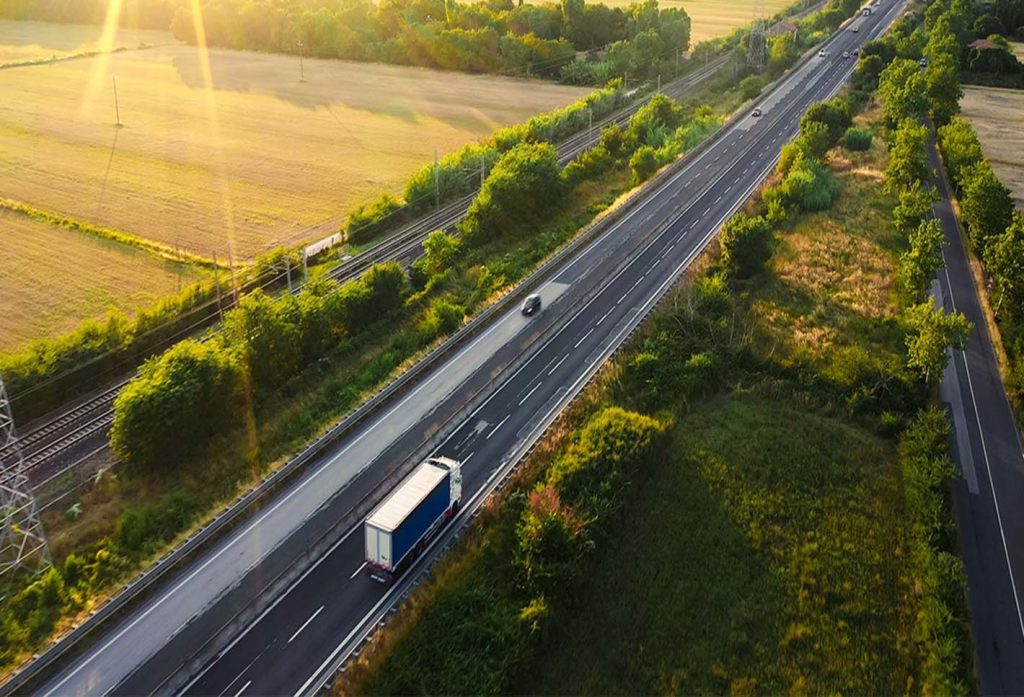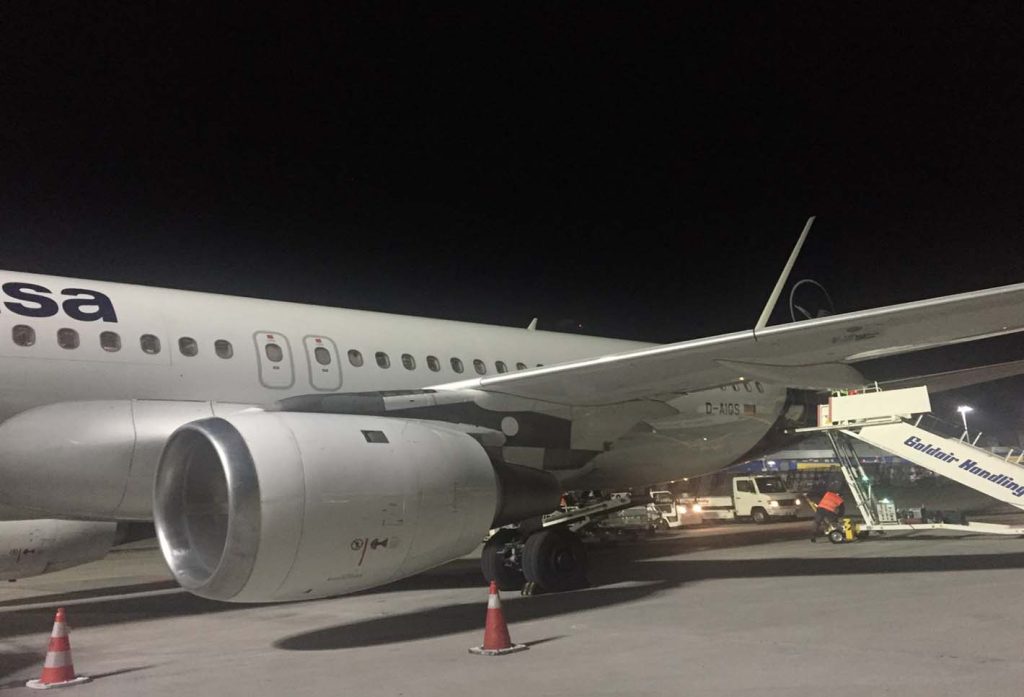Germany is renowned for its efficient and reliable ground transportation system, offering travelers a multitude of options for exploring the country. Whether you’re looking to navigate the famous Autobahn or utilize the extensive public transit network, understanding the ins and outs of transportation in Germany can greatly enhance your travel experience. we will delve into the intricacies of Germany’s ground transportation, providing valuable insights into the Autobahn, public transit, and tips for efficient travel.
The Autobahn: Germany’s High-Speed Highway System
a. Introduction to the Autobahn: The Autobahn is Germany’s extensive network of highways, known for its speed limits, advanced infrastructure, and efficient road connections. It offers unparalleled opportunities for exploring the country by car.
b. Autobahn Rules and Regulations: Familiarize yourself with the rules of the Autobahn, including speed limits, right-of-way, and lane discipline. Adhere to traffic regulations, maintain a safe driving distance, and use the appropriate lanes for passing and slower traffic.
c. Autobahn Safety: Germany places great emphasis on road safety. Ensure your vehicle is in good condition, buckle up, and obey traffic signs and signals. Be aware of construction zones, which may have speed restrictions or lane closures.
Renting a Car in Germany

a. Driver’s License and Age Requirements: Non-European Union (EU) visitors must have a valid international driver’s license or an official translation of their domestic license. Check the minimum age requirements set by rental agencies, which may vary between 18 and 25 years.
b. Booking and Insurance: Reserve your rental car in advance to secure the best rates. Consider purchasing comprehensive insurance coverage to protect against unforeseen circumstances. Compare prices from different rental companies and read the terms and conditions carefully.
c. Parking in Germany: Familiarize yourself with parking regulations in different cities. Some cities have restricted parking zones, while others offer paid parking facilities or designated parking areas outside the city center. Use parking apps or information boards to find available spaces.
Public Transit in Germany
a. Trains: Germany’s train system, operated by Deutsche Bahn (DB), offers an extensive network connecting major cities and smaller towns. High-speed trains, such as the ICE (Intercity-Express), provide efficient and comfortable travel. Book tickets in advance for discounted fares, and consider purchasing a rail pass for unlimited travel within a specific period.
b. Regional and Local Trains: Regional and local trains, known as “RE” and “RB,” are ideal for exploring smaller towns and regions. These trains may not require seat reservations, offering flexibility in travel plans. Check train schedules for frequency and connections.
c. Buses and Trams: Public buses and trams are prevalent in cities and towns throughout Germany. They offer convenient transportation within urban areas and are often more cost-effective than trains. Familiarize yourself with local bus routes and tram lines, and obtain timetables or transit apps for easy navigation.
Public Transit Tickets and Passes

a. Ticket Types: Germany’s public transit systems operate on a zone-based ticketing system. Purchase single tickets for specific journeys or day passes for unlimited travel within a designated area. Consider multi-day or regional passes for extended stays or exploring multiple cities.
b. Ticket Validation: Before boarding trains, trams, or buses, validate your ticket at the provided machines. Failure to do so may result in fines. Keep your ticket with you throughout the journey, as inspections are common.
c. Contactless Payment and Mobile Apps: Many cities in Germany offer contactless payment options or mobile apps for purchasing transit tickets. Check with local transportation authorities for available options and download the relevant apps for seamless travel.
Efficient Travel Tips
a. Timetable and Schedule Planning: Utilize online resources, mobile apps, or station displays to access train and bus timetables. Plan your journeys in advance, allowing for transfers and possible delays.
b. Baggage and Luggage: Ensure your baggage complies with the size and weight restrictions of public transportation. Use luggage racks or designated areas within trains and buses to keep aisles clear.
c. Bike and Pedestrian-Friendly Cities: Many German cities are bicycle and pedestrian-friendly. Consider renting bicycles for local exploration or enjoy leisurely walks through charming neighborhoods. Familiarize yourself with bike lanes and pedestrian rules for a safe and enjoyable experience.
Efficient ground transportation in Germany is a hallmark of the country’s well-developed infrastructure. Whether you choose to navigate the Autobahn or rely on the extensive public transit system, understanding the rules, booking options, and tips for efficient travel will make your journey through Germany seamless and enjoyable. Embrace the opportunity to explore the country’s diverse landscapes, historic sites, and charming towns as you traverse the Autobahn or embark on an adventure using public transportation. Bon voyage!



